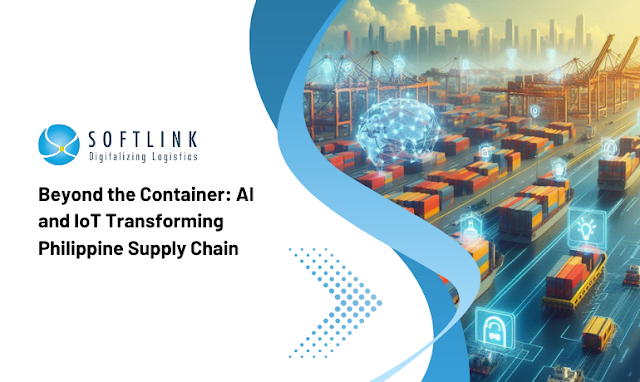Major Airport Developments Signal a New Era of Technology-Driven Freight Forwarding
The Philippines is undergoing a significant shift in its logistics and transportation infrastructure, with major airport developments set to play a pivotal role in shaping the future of trade and freight forwarding. One of the most noteworthy projects is the New Manila International Airport (Bulacan Airport), a $15 billion project spearheaded by San Miguel Corporation (SMC). Once completed, this world-class facility will increase the country’s capacity to handle both passenger and cargo traffic, positioning the Philippines as a crucial hub for…
Lessons from Microsoft’s Outage: Preparing Your Business for Cyberattacks
In the digital age, businesses are increasingly reliant on cloud services and digital platforms for their operations. While these technologies offer numerous benefits, they also introduce new vulnerabilities. The recent Microsoft outage , caused by a Distributed Denial-of-Service (DDoS) attack, serves as a stark reminder of the potential risks associated with our interconnected world. This article delves into the lessons learned from this incident and provides practical steps that businesses, especially in the Philippines, can take to prepar…
Embracing VR and AR for Next-Gen Logistics Training in the Philippines
As the Philippine logistics sector continues to evolve in our increasingly digital world, innovative training methods are emerging on the horizon. Virtual Reality (VR) and Augmented Reality ( AR ) technologies, while still in their early stages in the country, hold immense potential to revolutionize how we prepare the next generation of logistics professionals. This article explores the possibilities these technologies offer, their potential impact on the Philippine freight forwarding and logistics industry, and the challenges we may face in i…
Beyond the Container: AI and IoT Transforming Philippine Supply Chain
The Philippine logistics sector is on the cusp of a technological revolution, with artificial intelligence (AI) and the Internet of Things (IoT) poised to reshape supply chain operations across the archipelago. As a nation comprised of over 7,600 islands, the Philippines faces unique logistical challenges that these emerging technologies are particularly well-suited to address. The Philippine logistics industry has been growing steadily, with the government’s “Build, Build, Build” program improving infrastructure nationwide. However, the count…
The Future of Philippine Ports: Smart Technologies and Automation
The Philippines, an archipelagic nation of 7,600+ islands, has long relied on its ports as critical gateways for economic growth and connectivity. As global maritime trade evolves, Philippine ports face mounting pressure to modernize and improve efficiency. The future of these vital hubs lies in the adoption of smart technologies and automation, a transformation that promises to reshape the country’s maritime landscape. Currently, major Philippine ports, such as the Manila International Container Terminal ( MICT ), grapple with significant cha…
Mobile Penetration and Its Impact on E-commerce Growth in the Philippines
In the digital age, the Philippine archipelago has demonstrated significant growth in mobile penetration, fundamentally transforming consumer behavior and the dynamics of international trade. With one of the highest rates of smartphone usage in Southeast Asia, the opportunities for the freight forwarding sector are vast and varied. This article explores how freight forwarders can leverage these trends to enhance their business operations. Understanding the Digital Landscape The Philippines, with a mobile penetration rate exceeding 90% in recen…
Importance of Scalable Solutions in the Philippines’ Growth Trajectory
The Philippine logistics sector is poised for significant growth, driven by robust domestic demand, strategic geographic location, and increasing integration into global trade networks. As the sector expands, the necessity for scalable logistics solutions becomes more apparent, underpinning the efficiency and agility needed for companies to thrive in a competitive market. The Philippines has been experiencing steady economic growth, with the GDP rising annually. The logistics and transportation sector, crucial for sustaining this growth, is ex…
Know About The author
schedule for demo
Popular Posts



.png)








Connect with us